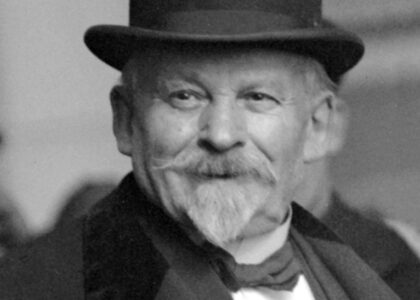Welcome to Monticello, Wisconsin, a small yet historically rich community in Green County. This charming area has a fascinating past that reflects the broader narratives of immigration, agriculture, and industry in the American Midwest.
The story of Monticello begins in the mid-19th century, with the influx of Swiss immigrants who sought new opportunities in the fertile lands of Wisconsin. Many of these settlers brought with them their cheesemaking skills, laying the foundation for what would become a hallmark industry in Green County. Monticello, with its rolling hills and lush pastures, proved to be an ideal location for dairy farming and cheesemaking, helping to establish the area as a significant contributor to Wisconsin’s reputation as ‘America’s Dairyland.’
One notable structure in Monticello’s historical timeline is the Monticello House, built in 1874. Originally a hotel, it quickly became a center of social life in the area, hosting events and gatherings that brought the community together. Despite a devastating fire, the Monticello House was rebuilt in 1895 and continued to serve as a beloved community hub.
Another pivotal piece of Monticello’s history is the Monticello Woolen Mill, which began operations in 1866. Powered by the waters of the Little Sugar River, the mill produced blankets, cloths, and yarns that were known for their quality and durability. Unfortunately, the mill was destroyed by fire in 1950, but the limestone warehouse building remains a cherished local landmark.
In addition to the industrious spirit of the town, Monticello has also played host to numerous cultural and educational events. The Monticello Area Historical Society, for example, holds regular meetings and presentations that explore various facets of the region’s history, from the evolution of agriculture to the impact of early aviation beacons in the area.
Throughout its history, Monticello has evolved from a small settlement into a vibrant community, while still maintaining its strong ties to its agricultural roots. It serves as a reflection of the broader historical trends of the Midwest, embodying the resilience and ingenuity of those who have lived and worked here.





